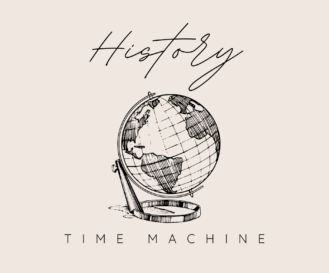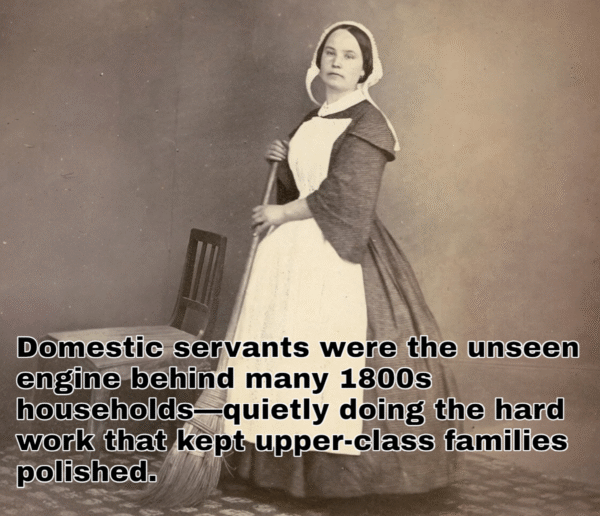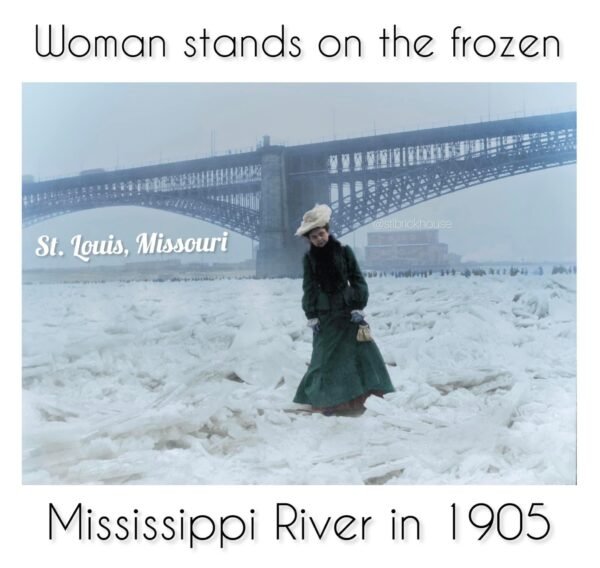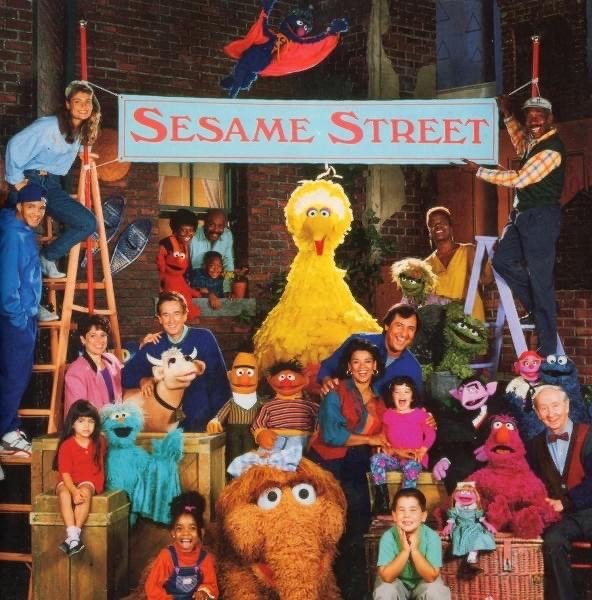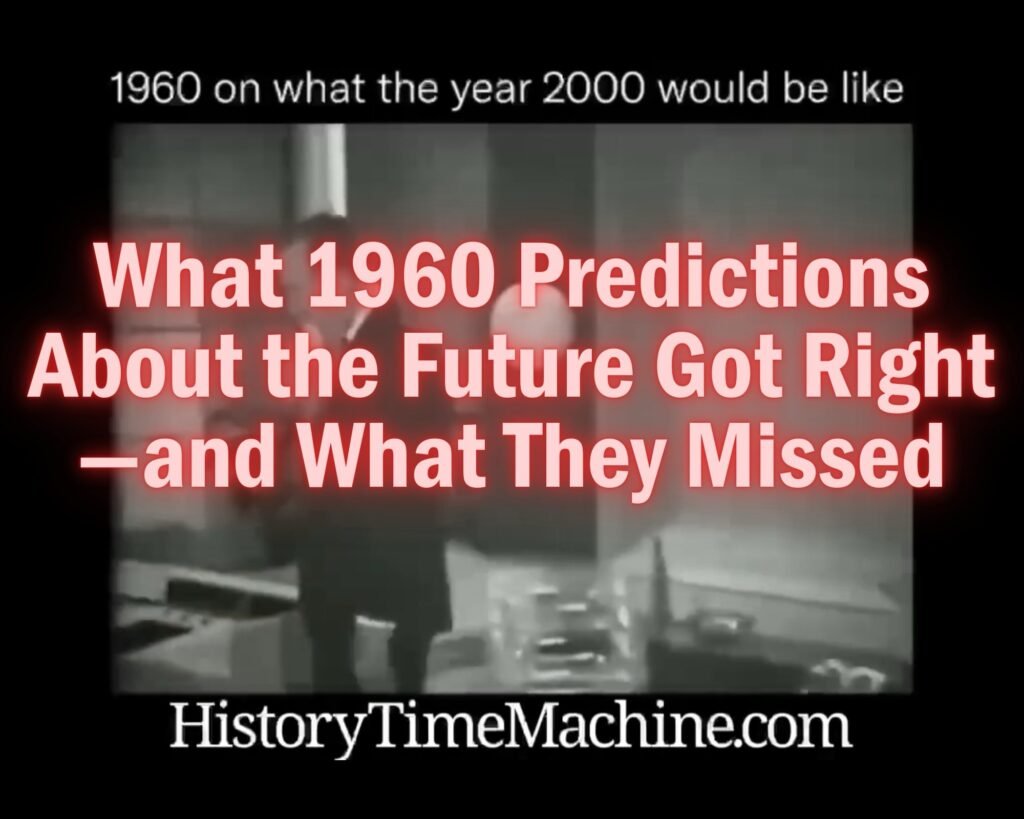
How Did the 1960s Shape the Future?
The 1960s were a defining decade for shaping the future, filled with both rapid technological advancements and bold predictions about what life would look like in the year 2000. It was an era of great optimism, driven by the space race, the rise of computers, and the belief that science and technology could solve most of society’s problems. From futuristic inventions to new ways of thinking about work and communication, the 1960s laid the groundwork for much of what we experience today.
One of the most striking things about this time was how the vision of the future influenced so many aspects of daily life. The idea that technology would revolutionize our homes, workplaces, and even our relationships was prevalent. It wasn’t just about gadgets and inventions—there was a deep belief that these innovations would lead to a better, more efficient world. This video from 1960 highlights just how much faith people had in technological progress, showing a vision of the future that included 30-hour workweeks, month-long vacations, and homes equipped with consoles that would control everything from entertainment to communication.
It’s fascinating to look back and see just how much of that vision came to life and how much of it missed the mark. The 1960s shaped our future by setting the stage for the digital revolution and by sparking conversations about what life could be. If you want to dive deeper into what life was like back then, check out this exploration of life in Kansas City, Missouri, in 1960 for a snapshot of that time period.
Did They Really Think We’d Have a 30-Hour Workweek?
One of the more surprising predictions from the 1960 video is the idea that by the year 2000, Americans would have a 30-hour workweek and month-long vacations as the norm. The video reflects the widespread belief at the time that automation and advancements in technology would reduce the need for long work hours, giving people more time to enjoy leisure activities. It’s a nice thought, but here we are, 60 years later, and most Americans are still working 40-hour weeks (or more) with far less vacation time than imagined.
Instead of technology reducing our work hours, it has, in many cases, made work more accessible around the clock. Thanks to email, smartphones, and other advancements, many workers today feel more connected to their jobs than ever before. While the 1960s predicted a future where machines would do much of the work for us, the reality is that technology has blurred the lines between work and free time.
It’s an interesting reflection on how the 1960s vision of the future was filled with optimism about how technology would improve quality of life. Yet, despite this, we haven’t seen the reduction in work hours that was predicted. For more insight into the future predictions from this era, check out this look at what happened 60 years ago today to see how the past shaped our present.
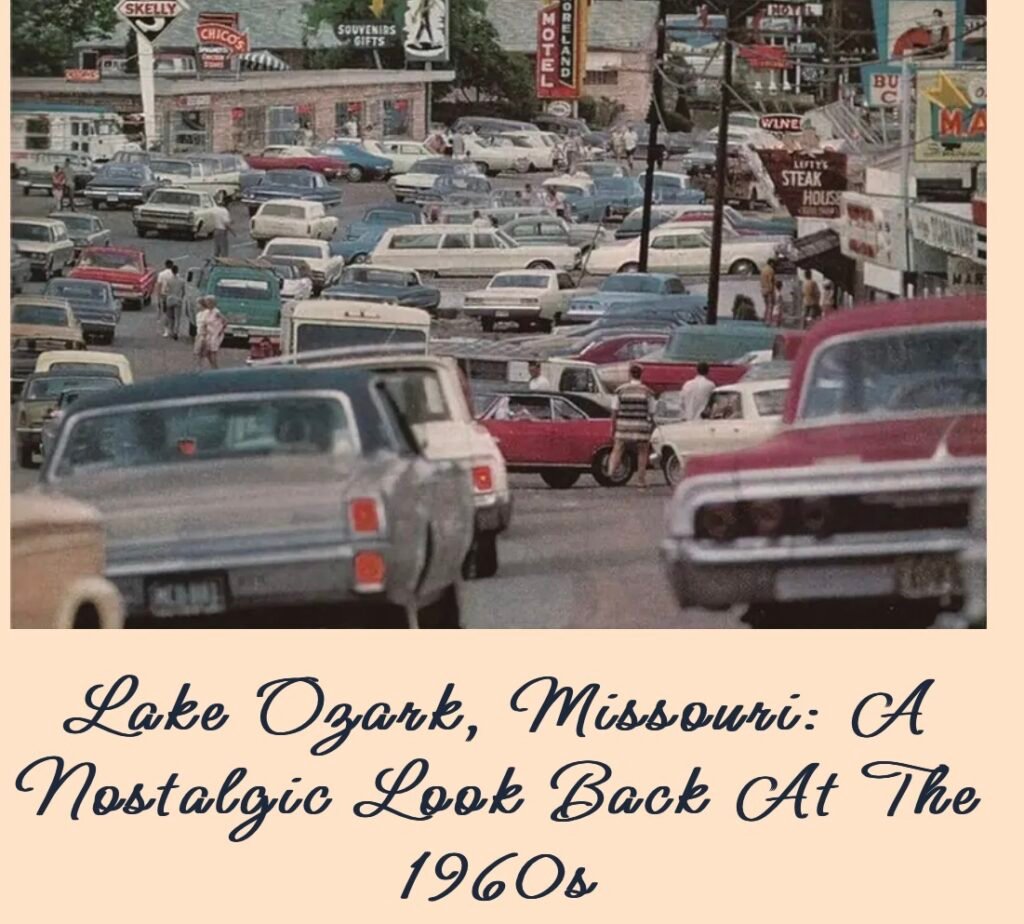
What Was Predicted About Home Technology in 2000?
In the 1960 video, there’s a futuristic view of home technology that might feel familiar to us now. The narrator describes a console in the home that could control everything from entertainment to communication and information. You could watch a football game on a 3D television, get a news summary from satellites, and even make video calls to see the person you’re talking with.
Sound familiar? While we don’t have a single “console” to manage everything, today’s homes are filled with devices that mirror these 1960 predictions. Smart TVs, voice assistants like Alexa, and video calls via Zoom or FaceTime have become everyday parts of our lives. The prediction of a connected home wasn’t too far off—if anything, it was an impressive glimpse into the digital age.
The idea that we could control so much from our living rooms reflects the era’s belief in technological progress. In many ways, this prediction came true, but it took longer than expected. The tech we now use every day—smartphones, tablets, and AI assistants—fulfill much of the role that this futuristic console was imagined to play.
For a deeper dive into the technological achievements of the 1960s, you can also explore the construction of the Gateway Arch from 1963-1965, which showcases the kind of large-scale innovations happening during that era.

Did They Get the Rise of 3D TV and Video Calls Right?
The 1960 video was surprisingly forward-thinking when it predicted the use of 3D television and video calls in everyday life. At the time, these ideas must have seemed incredibly futuristic—watching a football game in 3D or making video calls to see the person you’re talking to was unheard of. But in many ways, the predictions came true, although not exactly as imagined.
3D TV, while available, never quite took off as the norm in the way the video suggests. Instead, high-definition, large flat-screen TVs became the standard for home entertainment. The idea of 3D TV is still around, but it never reached the widespread popularity expected.
However, video calling has become a major part of daily life, especially with platforms like Zoom, Skype, and FaceTime. In the 1960s, the idea of seeing someone in real-time while talking to them seemed like science fiction, but now, it’s second nature. During the COVID-19 pandemic, video calling became an essential tool for staying connected with work, family, and friends, proving how spot-on this particular prediction was.
While some ideas, like 3D TV, missed the mark, the video calls prediction is a great example of how the 1960s imagination for the future wasn’t entirely off base. If you’re curious about other futuristic ideas from this era, check out this deep dive into 1960’s Silver Dollar City to see how innovation shaped entertainment back then.

Why Was the 1960s Vision of the Future So Optimistic?
The predictions from the 1960s were filled with optimism, and there’s a good reason for that. The decade was marked by a sense of limitless possibility. It was a time when humanity was on the brink of landing on the moon, computers were becoming more advanced, and the space race was in full swing. People believed that technology could solve most of the world’s problems and lead to a utopian future.
The optimism of the 1960s can also be traced to the post-World War II economic boom. America was experiencing unprecedented growth, and there was a general sense that the future could only get better. Scientific progress seemed to be moving at a rapid pace, and many believed that technology would dramatically improve daily life—from work hours to entertainment to home life. This optimism is reflected in predictions like 30-hour workweeks, flying cars, and a world where robots would do most of the labor.
However, this belief that technology would solve everything didn’t account for some of the challenges that came with progress, such as economic inequality, environmental concerns, or the complexities of integrating technology into daily life. Still, the 1960s vision of the future continues to shape how we think about what’s possible, even today.
For more on how the 1960s fostered such optimism and shaped the future, take a look back at what happened 60 years ago today to get a glimpse into the mindset of that era.

What Predictions Did They Miss Completely?
While the 1960 video got some predictions spot-on, there were others that missed the mark entirely. One of the biggest misses was the belief that robots would take over most of the manual labor and that people would have more free time as a result. In the video, there’s an expectation that machines and automation would lead to significantly reduced work hours, giving people more leisure time at home. In reality, while automation has transformed industries, it hasn’t freed people from the 40-hour workweek or led to widespread robotic labor in households.
Another significant miss was the prediction of flying cars. The idea of personal flying vehicles has been a hallmark of futuristic visions for decades, and while we have advanced electric vehicles and autonomous driving technology today, the flying car still remains more of a science fiction dream than a reality. We do have drone technology and significant strides in space travel, but flying cars have not taken over the skies as the 1960s envisioned.
The idea that cities would be filled with monorails and that we’d travel around effortlessly through futuristic public transportation systems is another area where the predictions fell short. While there have been advancements in public transport, many cities around the world still rely on older systems, and futuristic transit options remain limited to a few cutting-edge cities.
It’s fascinating to see what they got wrong, but even these missed predictions reflect the bold and hopeful thinking of the era. If you’re interested in exploring more about how the 1960s imagined the future, check out the journey of Silver Dollar City from a roadside attraction to a theme park in 1960 to see how far some ideas have come and others haven’t.

Why Was the 60s So Futuristic?
The 1960s were uniquely positioned to be a decade obsessed with the future. It was a time of incredible technological advancement, cultural change, and economic growth. The space race, in particular, fueled people’s imaginations about what was possible. The thought that humans could land on the moon opened up endless possibilities in the minds of many, leading to bold predictions about flying cars, space colonies, and futuristic cities.
The rise of science fiction during this era also played a huge role in how people viewed the future. Books, television shows, and movies from the 60s, like The Jetsons and Star Trek, painted a picture of a future where technology solved nearly every problem, and humans were able to live in a near-utopian society. This cultural fascination with the future wasn’t just about technology but about the belief that society would progress in every way—work, travel, communication, and even entertainment.
The optimism of the time also came from the post-WWII boom, where everything seemed possible. Economic prosperity, combined with the rapid development of new technologies, made the 60s a decade where people genuinely believed that they could solve the world’s problems with innovation. It’s fascinating to look back and see just how much this future-focused mindset influenced the predictions made in the 1960 video.
For a nostalgic look at another era’s vision of the future, explore the best 90s and 2000s Christmas commercials to see how marketing and entertainment reflected our changing views of what was possible.
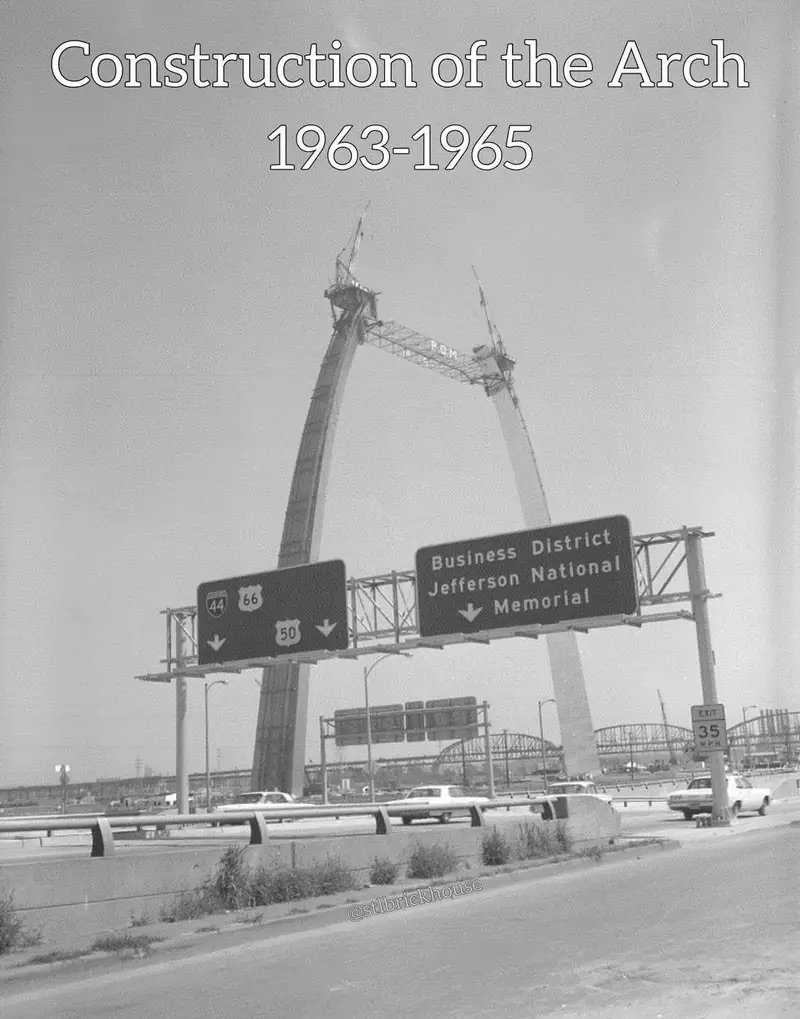
How Close Were 1960 Predictions About the Future?
Looking back at the 1960 predictions about the year 2000, it’s fascinating to see how much of it was surprisingly accurate and how much still feels like a far-off dream. While the idea of flying cars and robotic labor didn’t quite materialize, the predictions about video calls, smart homes, and interconnected devices are spot on. The vision of having a central console in the home controlling entertainment, communication, and information is almost identical to how we use smartphones, smart TVs, and AI assistants today.
What’s even more interesting is how the optimism of the 1960s influenced these predictions. The belief that technology would solve most of life’s problems was at the core of their vision of the future, and while some of that has come true, other challenges, like work-life balance and social equality, have persisted. The 1960s gave us a bold vision, one filled with hope for a better world, driven by technological advancements.
As we reflect on these predictions more than 60 years later, it’s clear that while we’ve come a long way, there’s still plenty of room for growth. The spirit of innovation that drove these ideas in the 60s continues to push us forward today, even if we’re not quite living in the Jetsons’ world yet.
If you’re curious to explore more about how the past has shaped our present, check out this article on what happened 60 years ago, and take a journey through time to see how much has changed—and how much has stayed the same.
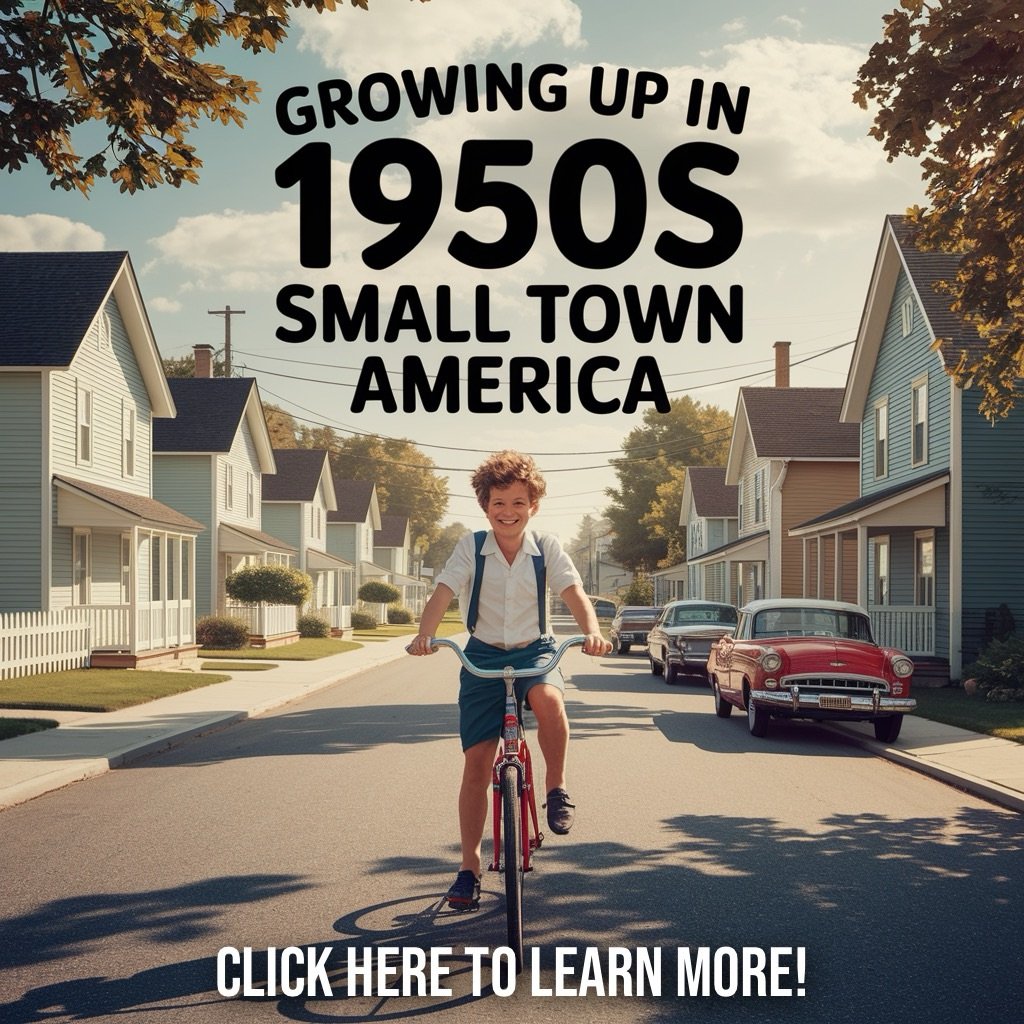
As an Amazon Associate we earn from qualifying purchases through some links in our articles.
